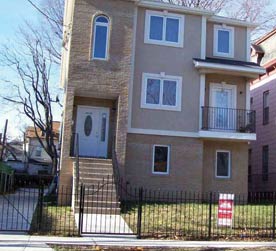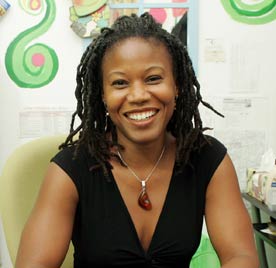
Much of the redevelopment has ushered in a type of housing known as the “Bayonne Box,” named after the nearby city of Bayonne, where entire post-World War II neighborhoods were built in the three-story, vinyl-clad fashion. The style is appealing to developers because of its pre-fab construction and adaptability to the narrow lots, in this case conforming to the zoning in Newark’s historic Ironbound district.
But some Newark officials, including Mayor Cory Booker, took umbrage at the Bayonne Boxes as a threat to the area’s historic character.
“We didn’t uniformly attack the Bayonne Box,” says Carlos Rodrigues, vice president and New Jersey director for the Regional Plan Association, the organization that worked with the city in crafting new zoning more in line with the neighborhood’s historic character. Bayonne Boxes were replacing handsome industrial buildings, according to Rodrigues, who advocates the practice of adaptive reuse, where old buildings are retrofitted to accommodate modern needs. The low-density nature of the Bayonne Box was another problem, particularly for an urban area near a major transit hub, Rodrigues says.
And what about Bayonne? It’s a middle-income town known for its well-kept late 19th- and early 20th-century housing stock, and for newer dwellings built since the 1960s, where officials are quick to set the record straight. “The term is unrepresentative of Bayonne, and we’re very proud of the fact that our town has a lot of variety to it,” says Joseph Ryan, the city’s public information director. Bayonne, it should be noted, is going through its own renaissance, where former industrial sites are being redeveloped for commercial and residential purposes. With so much going on, Ryan said the town takes loose terminology in stride: “We’ll be fine.”




Comments